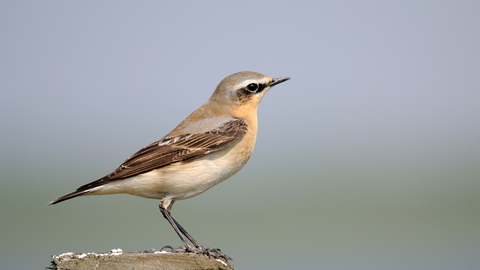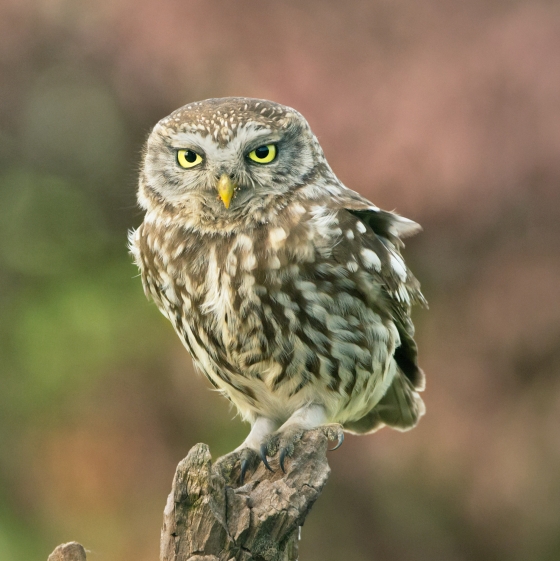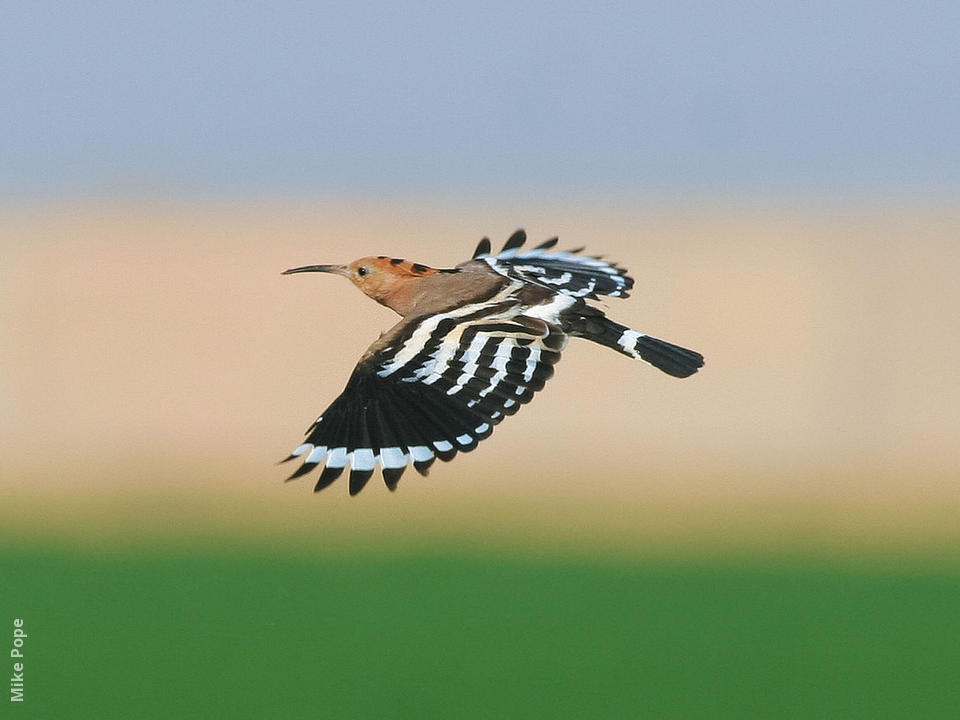The other morning while standing on the balcony listening to the world at 3.00 am, through the sound of a superyacht’s chugging generator came the screech of an owl. This made me wonder if I could mention on the blog the wildlife I’ve seen from the house. I don’t mean the ‘Another hundred people just got off of the boat’ kind of mini wildlife we see from up here when the day boats come in, or the train which weaves around the harbour like a caterpillar, or even the speedboats that skim across the sea like water boatmen, but the various real-life, wildlife animals. So, even though I don’t have any suitable photos to use for illustrations (I’ll have to search for and use some from elsewhere), here’s a rundown of the diverse Symi wildlife as seen from a village balcony over the past eight years.
Four-legged
It’s not uncommon, particularly in the spring, to find a random mule tethered in the wasteland right below the house. We have all kinds of plants growing down there at that time of year; grasses, poppies, tall green weeds, Michaelmas daisy things, the ‘Judas plant,’ and other plant things I don’t know the names of. The random mule chomps away, leaving behind deposits of fertiliser in what seems a fair and natural exchange. Around springtime we also find the occasional sheep wandering past. There are usually at least a few of these invasions as a ewe and lamb become separated from the flock, or, having been brought down to graze on the edge of the village, make a run for freedom and explore the lanes and views in the manner of bewildered tourists. At least the sheep don’t ask the age-old and vague question, ‘Which way to the church?’
Now and then a stray goat may make an appearance down our side alley, and climb over the opposite wall to take up a pose of the neighbour’s outside bathroom, but we’re more likely to see sheep, for some reason.
Also in the four-legged category, I could list the rats that play in the pomegranate tree next door and occasionally wander closer to our home. One day, I must tell you about last year’s house rat, the upturned piano, and the heroic capture of the dear little thing Neil engineered with a crutch and the front wheel of Harry’s bicycle. Oven gloves and Tupperware were also included, but that’s for another day.
Cats, obviously, are the most common visitor to the neighbourhood. In full throat in mating season, stalking the rats in the tree, digging holes to leave deposits, and hunting the birds with all the success of a Tory government trying to find a benefit of Brexit. We have lots of cats on the island.
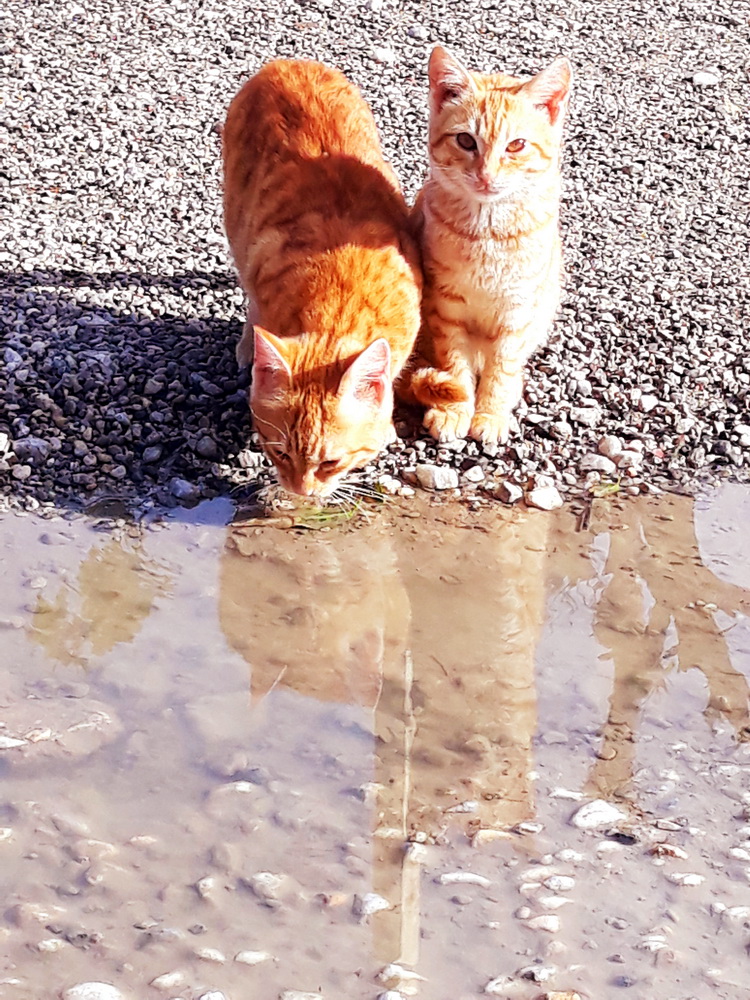
Two-Legged, Land-Based
I mentioned tourists, and we’ll often see day trippers who have broken from the herd and struck out for freedom. Usually, this specimen is caught standing in the lane below with a mobile phone in one hand, head in the other, and pointing their Google map to where, apparently, there should be a road. They move on after a while, but if they return, we sometimes ask if they are lost, to which they reply, ‘Which way to the church?’ (Which one? There are, allegedly, over 360 on the island.)
Also seen passing on two legs are the boy next door, always very quietly if at night, and with a friendly wave if in daylight hours; other local folks on their way to work through the shortcut from the ‘main’ road to Kali Strata; the neighbour taking his daily exercise, and other such reassuring local sightings.
Chickens and cockerels. Kind of two-legged, semi-land-based aviators who live around the dustbins up the road. Last year, a hen led her very young chicks down to the wasteland and over the broken wall into the abandoned garden next door, and then, couldn’t get the things out because they were too small. We took it upon ourselves to feed them from on high with seeds and cucumbers and watched the chicks grow up until, without so much as a thank you, they left home.
Two-legged Aviators
Far more interesting, for me as a once-member of the Young Ornithologists Club, are the birds. Sadly, my membership expired in 1973, and I don’t remember the names of half the things we see, so excuse me if I get them wrong. When I was a YOC member, something I always wanted to see were ravens. (I must have been into Poe from an early age, because they fascinated me. Perhaps I’d seen the Roger Korman film with Vincent Price and Jack Nicholson when I was eight, I don’t know…) These days, we see ravens all the time; croaking like frogs, which is what I thought the sound was when I first heard it not long after moving here, flying upside down when showing off, and, not so long ago, swooping so close to my head as I stood on the roof, what’s left of my hair moved in the draft.

Also in the big bird department, we often see buzzards or eagles over the windmill hills and Pedi Valley. We have a pair of kestrels nesting just up the lane, there are seagulls over the harbour, but not as many as you might think, and the little and scops owls that sometimes sit a few feet away on the telegraph pole. In the middle-class-neighbourhood range, we have the collared doves and the pigeons, the blackbirds who nest in the pomegranate tree despite the rats, and a blue rock thrush or two. In the more mundane department, we have sparrows. In fact, sparrows are two a penny around here. You could say they are going cheap. (Like the gags.) Then, there are the European serins, all yellow and grey, and other small, noisy birds like wheateaters, swallows and martens. Recently, we’ve had a hooded crow or two, which I thought was unusual. These are the birds that wake you up early in Rhodes where they are everywhere, but I don’t remember seeing or hearing so many here until recently.
The top view of the last eight years, though, was a hoopoe (above). This was in 2020 when we were in lockdown and the wildlife had started to reclaim the village because those pesky humans weren’t out and about. There were more birds near the house, and more sheep, actually, and one day, while standing outside watching nothing taking place below, a hoopoe flew right past not five feet away. Had I been a train enthusiast and the bird a Mallard, I’d have blown a gasket with excitement, but I’ve never seen a duck in the village, nor a 1938 A4 class locomotive, come to that. I did hear a duck when we first moved in and thought it quaint that someone should keep such birds up here, but it turned out to be the man next door clearing his sinuses by sniffing up and expelling water through his nose.
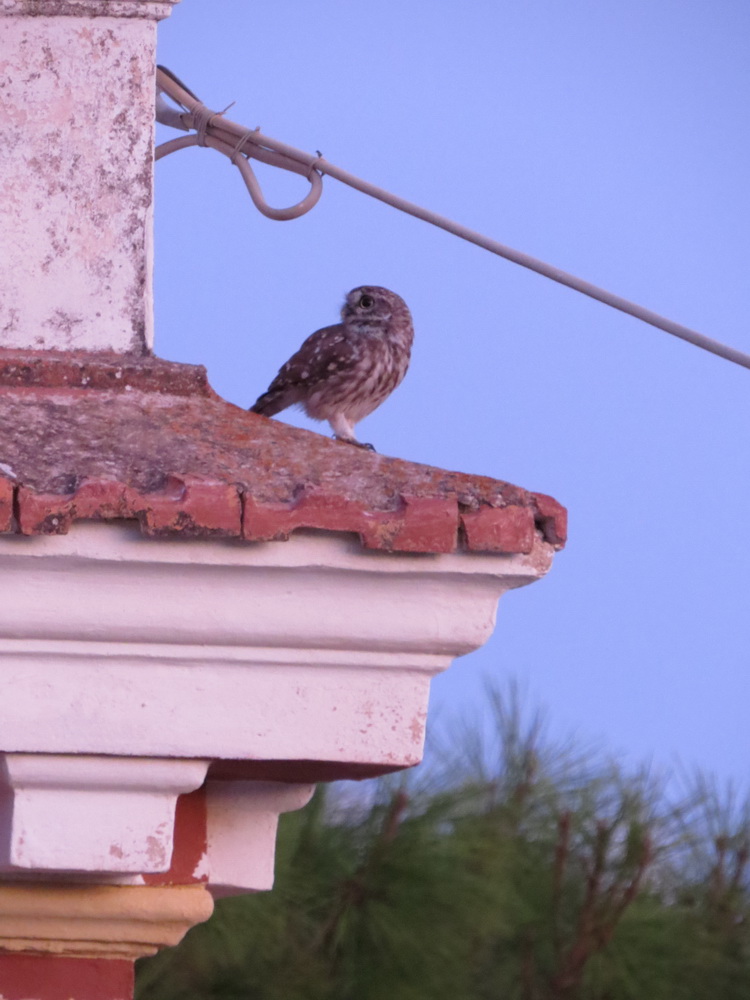
Insects, Lizards and Others
I shan’t go into the insect class in detail, because I can’t. There are too many, but among the creepy-crawly, highly-industrious insects and others you can expect to find not far away are cicadas, locusts, moths, butterflies, spiders (yes, I know, not insects but…), ants, snakes, salamanders, lizards, mosquitoes, beetles, and some other things I’ve forgotten about because, frankly, it’s far too early in the morning and I wish I’d never started this exercise. So…
Yes, there is plenty of wildlife to see on Symi, and you can often see it with very little effort. Apologies to those wonderful critters I’ve missed off the list, and thanks to whoever I took the photos from.
[ For more island wildlife photos, see this old post: Goats, Cats and Weekend Plans ]
